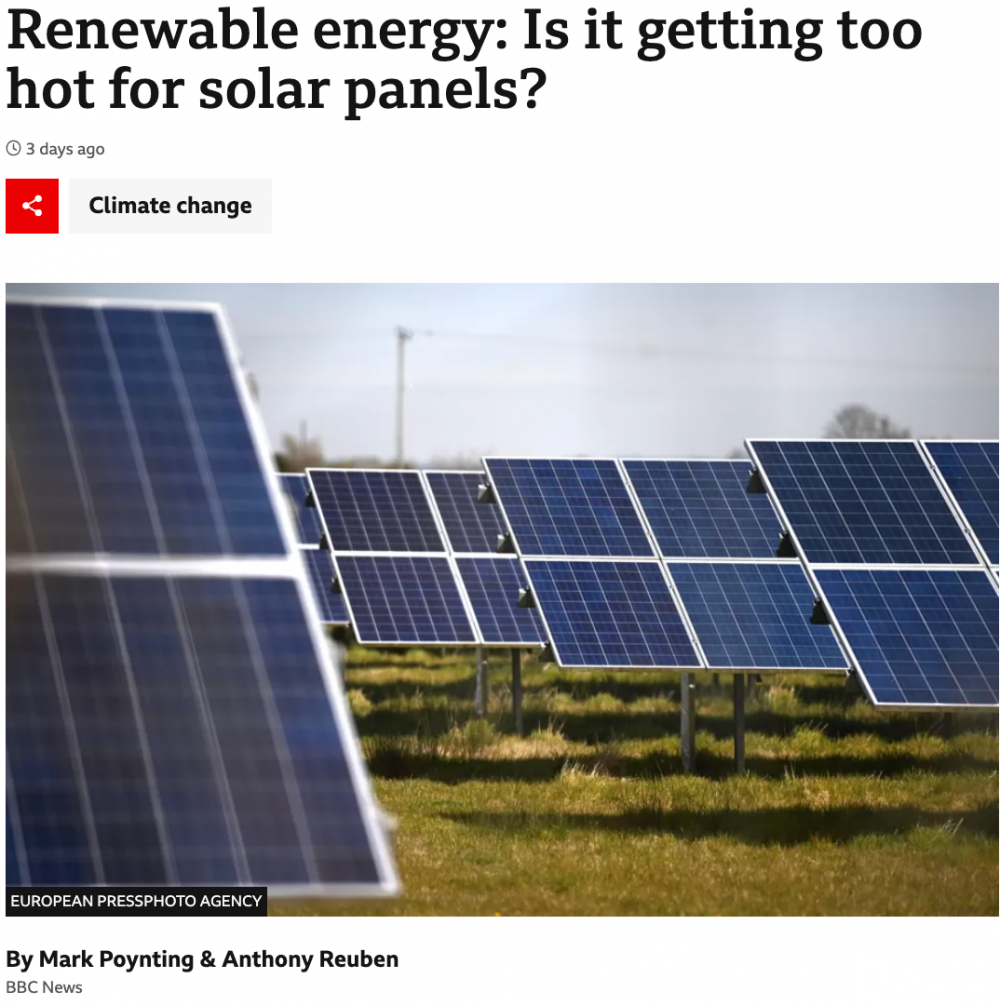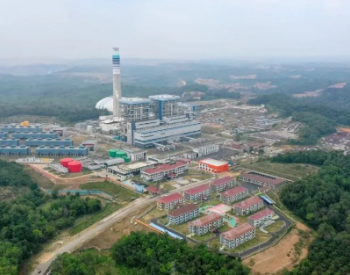Why did the UK start coal power when there was plenty of sunshine in summer?
According to the BBC, on Monday, June 12, the UK started coal power to meet its load for the first time in 46 days, as British MP Sammy Wilson tweeted, “In this heatwave, the UK has had to start coal-fired generators because the sun is so strong that solar panels have had to go offline.”
This is not true.
While it is correct to say that solar panels are less efficient in high temperatures, this reduction is relatively small and is not the main reason why the U.K. started coal-fired power stations.
According to data from British Solar, Inc. Solar power generation fell by nearly a quarter over the weekend of June 10 compared to the previous weekend, but still generated a significant amount of electricity. on Monday, June 12, the UK used coal power for the first time in 46 days, but at midday, solar power still accounted for about a fifth of the UK’s electricity.
Overall, solar contributed 9.2 percent of the UK’s electricity over the past seven days. This compares to 4.3% for the full year 2022. Many other factors explain the brief restart of coal-fired power stations:
-High temperatures have increased the demand for air-conditioned electricity
-Lower wind speeds, so wind farms generate less electricity than usual
-Maintenance of natural gas-fired power plants, resulting in lower natural gas generation
-Lower capacity of the power interconnector between the UK and Norway due to technical failures, so less power can be imported.
The UK government’s independent advisor, the Committee on Climate Change, said in March that more needs to be done to prepare the UK for a period of no wind and no sun. The commission suggested this could be achieved without increasing greenhouse gas emissions, such as investing in hydrogen energy and continuing the limited use of low-carbon natural gas made through carbon capture technology. The UK government is committed to generating all of its electricity from clean sources by 2035, a key step towards achieving the overall net zero emissions target for 2050.





